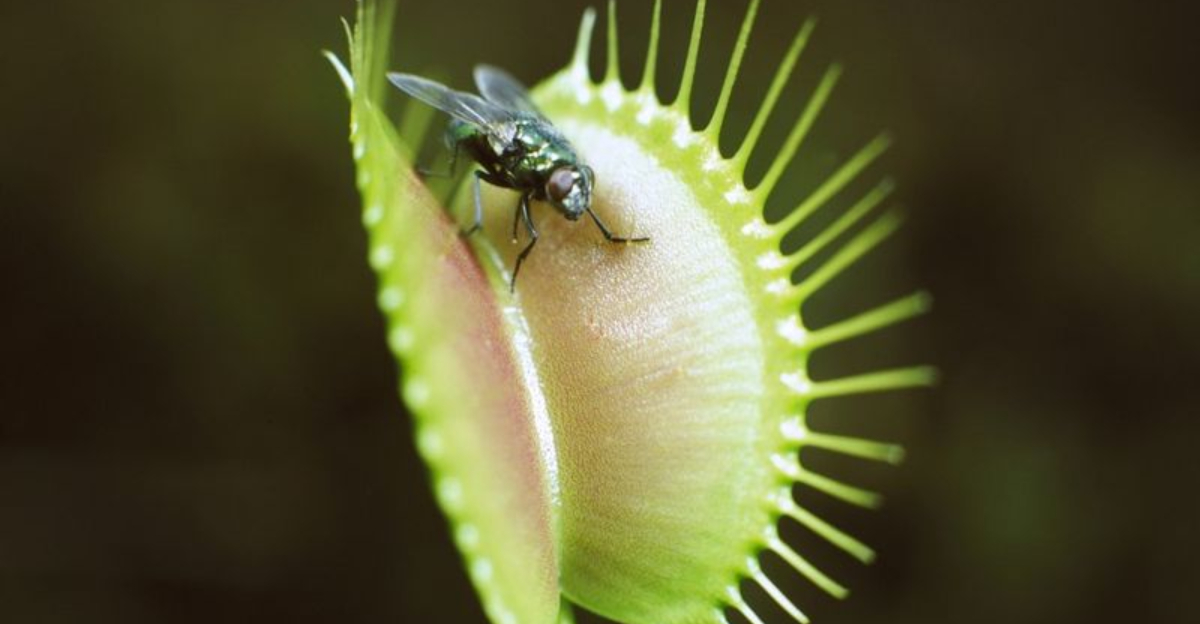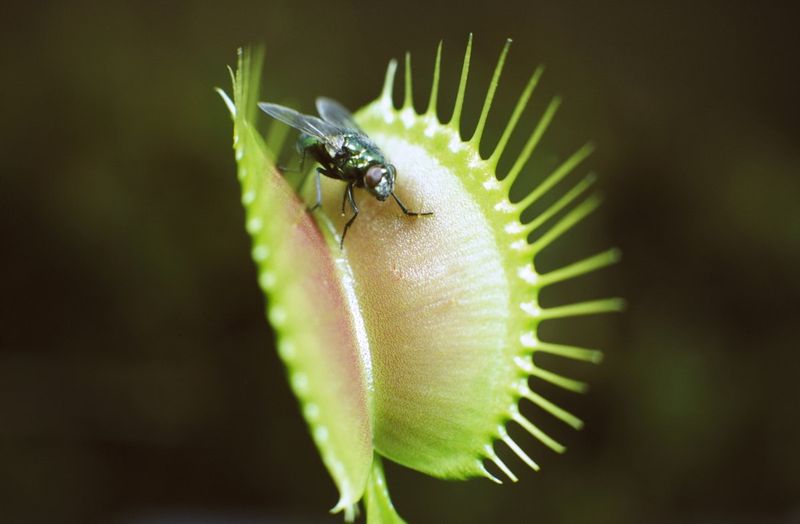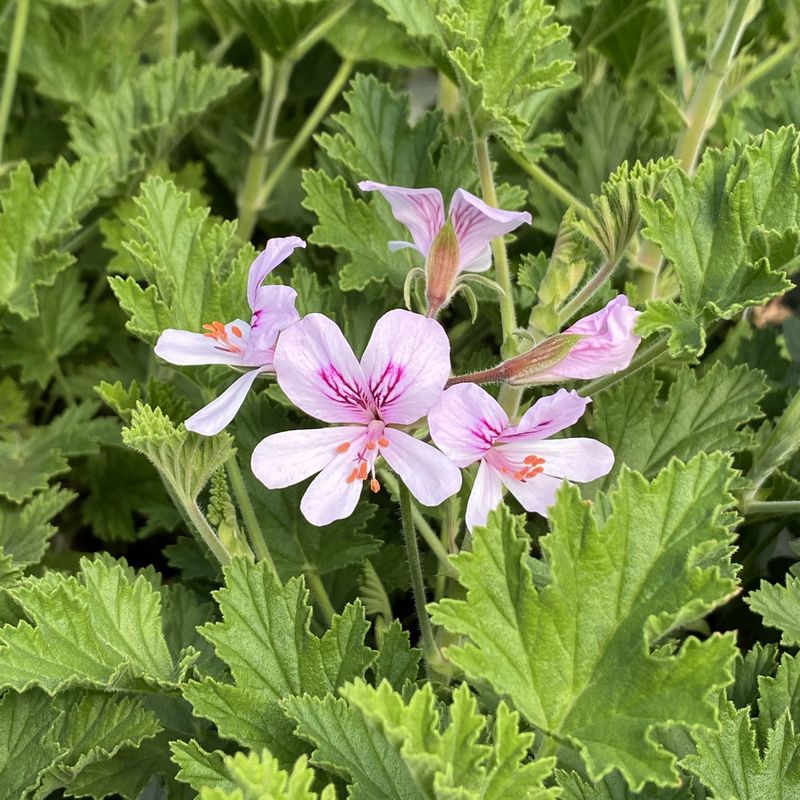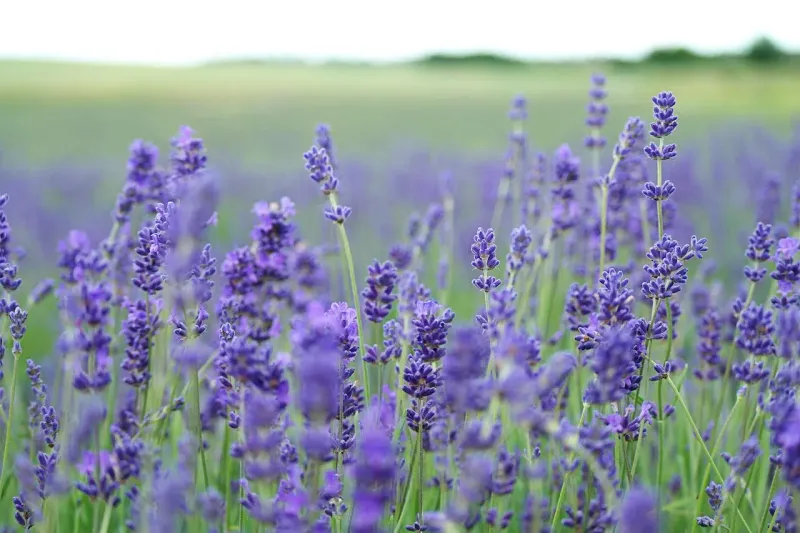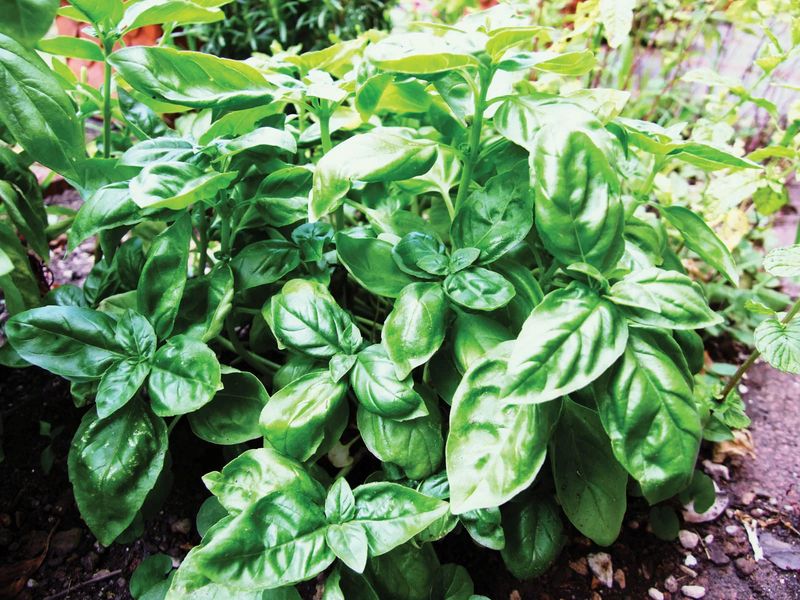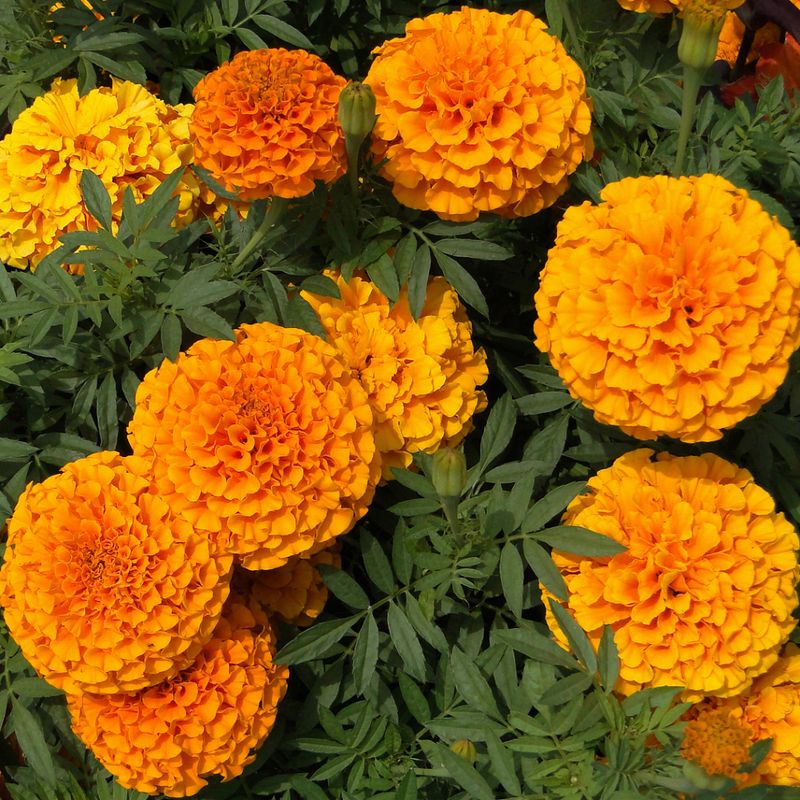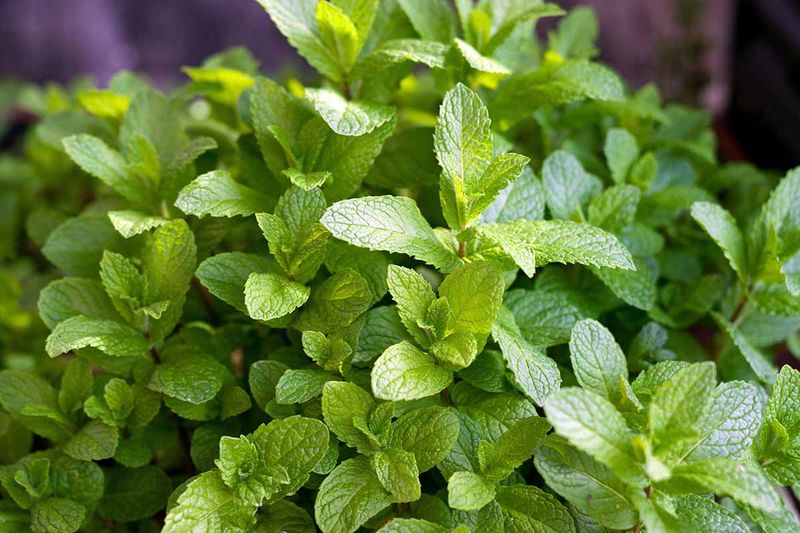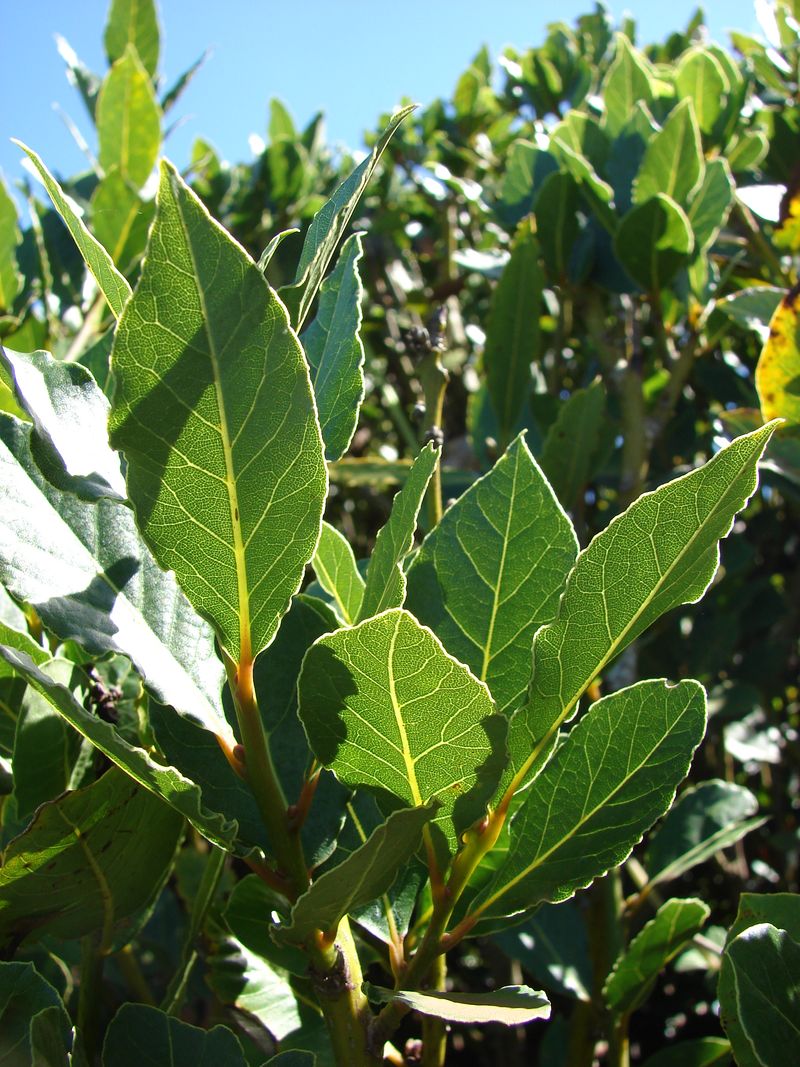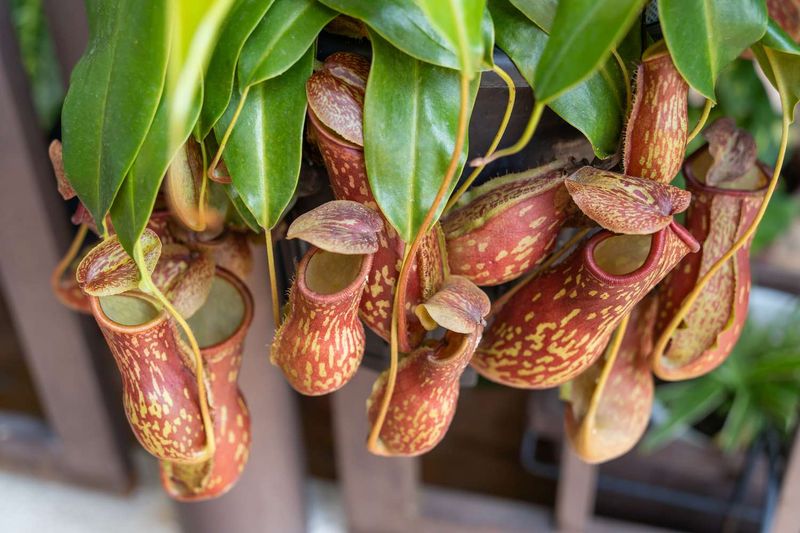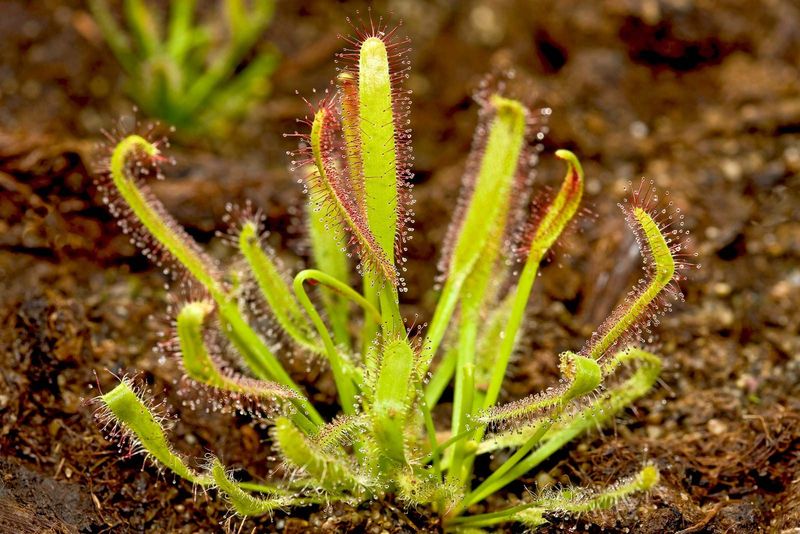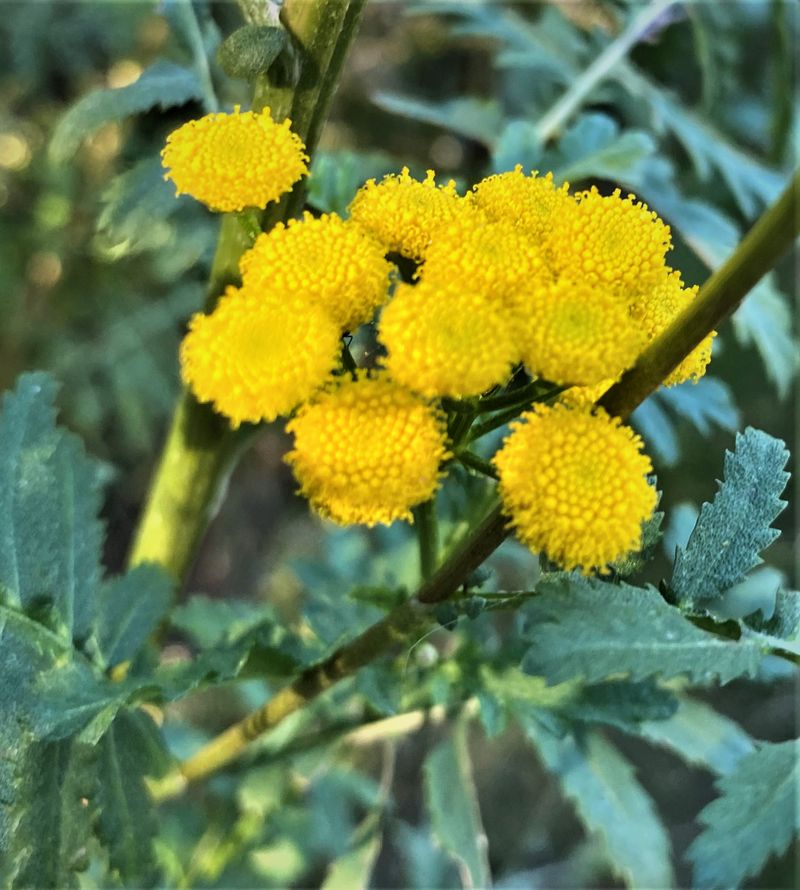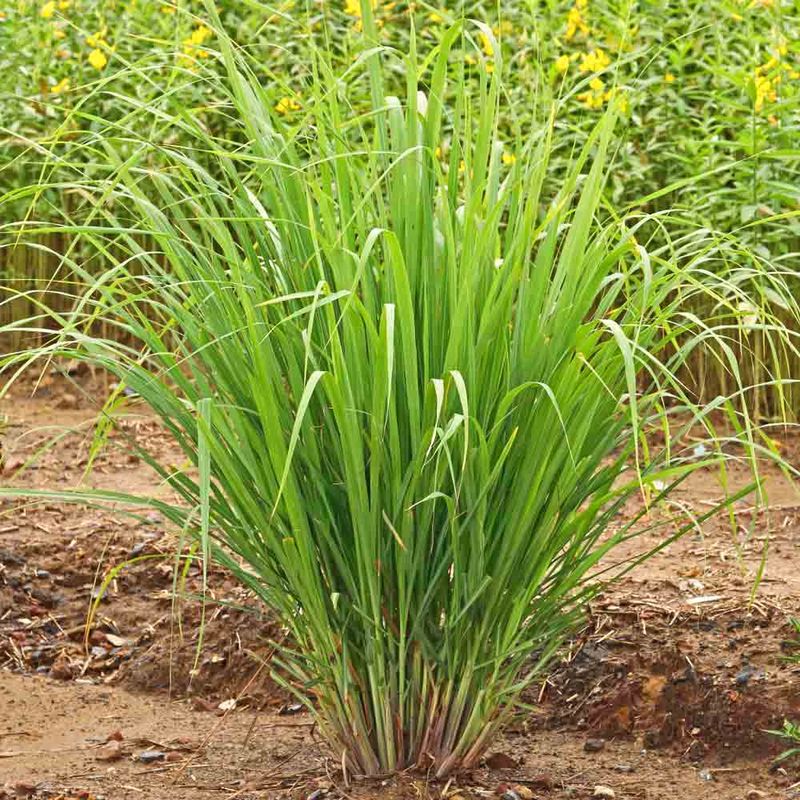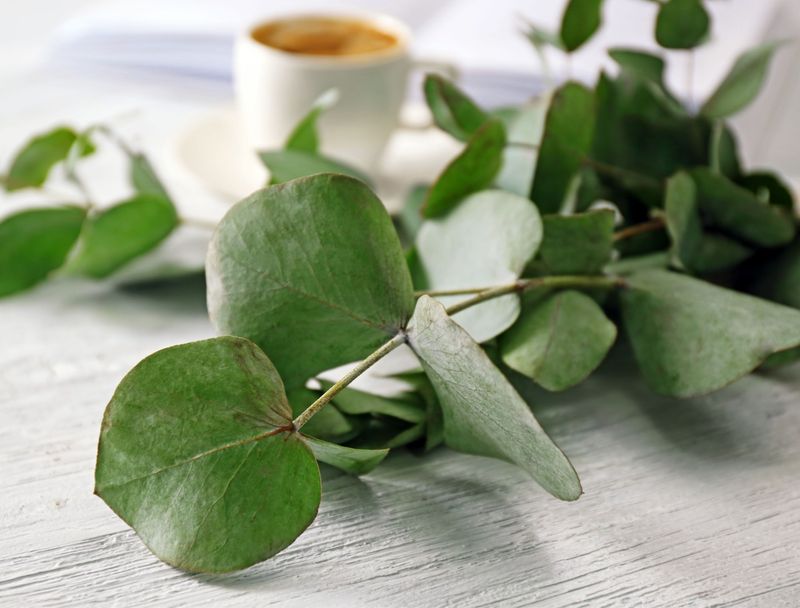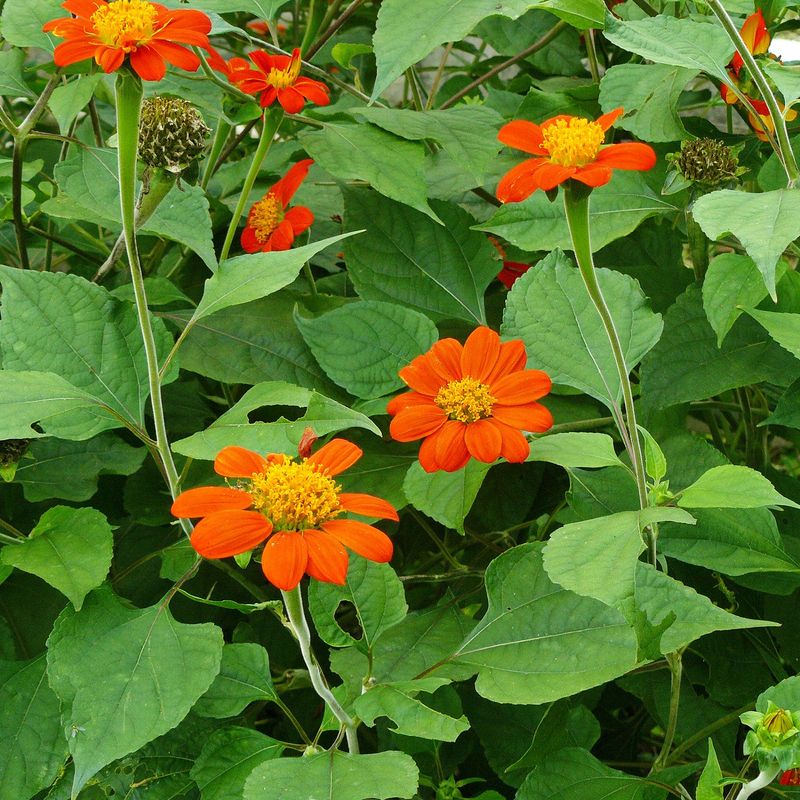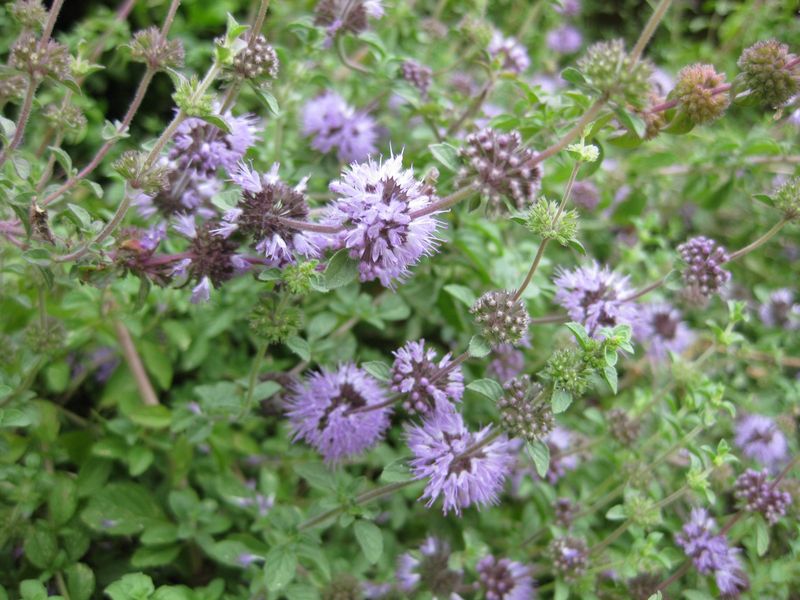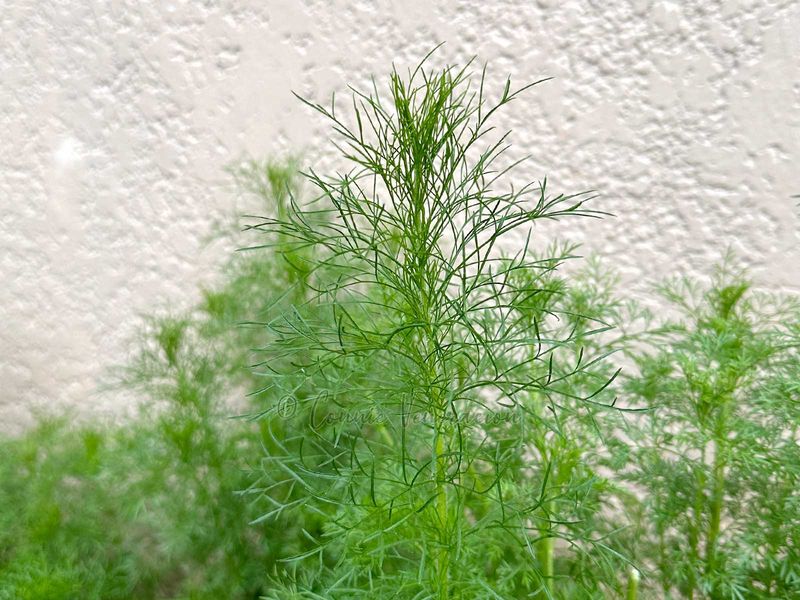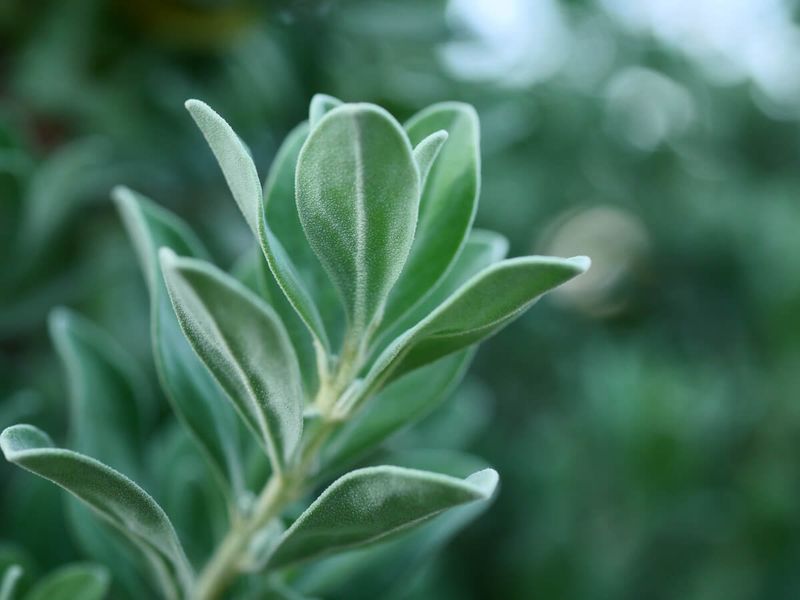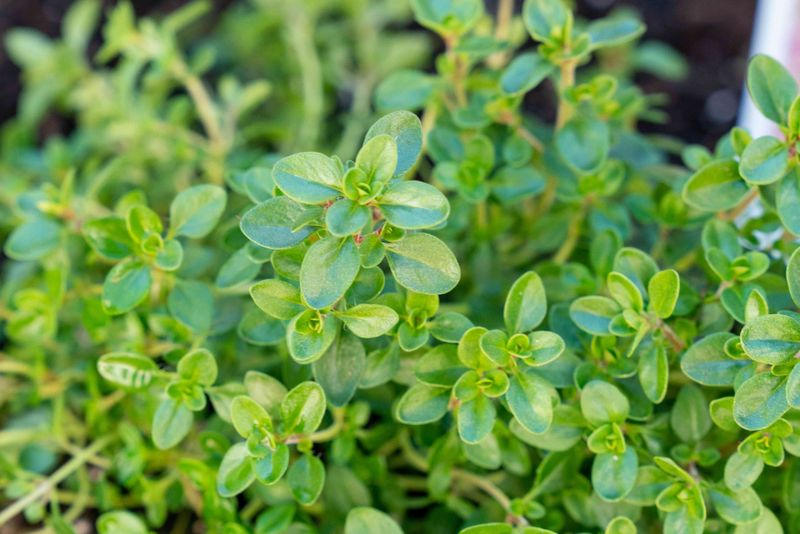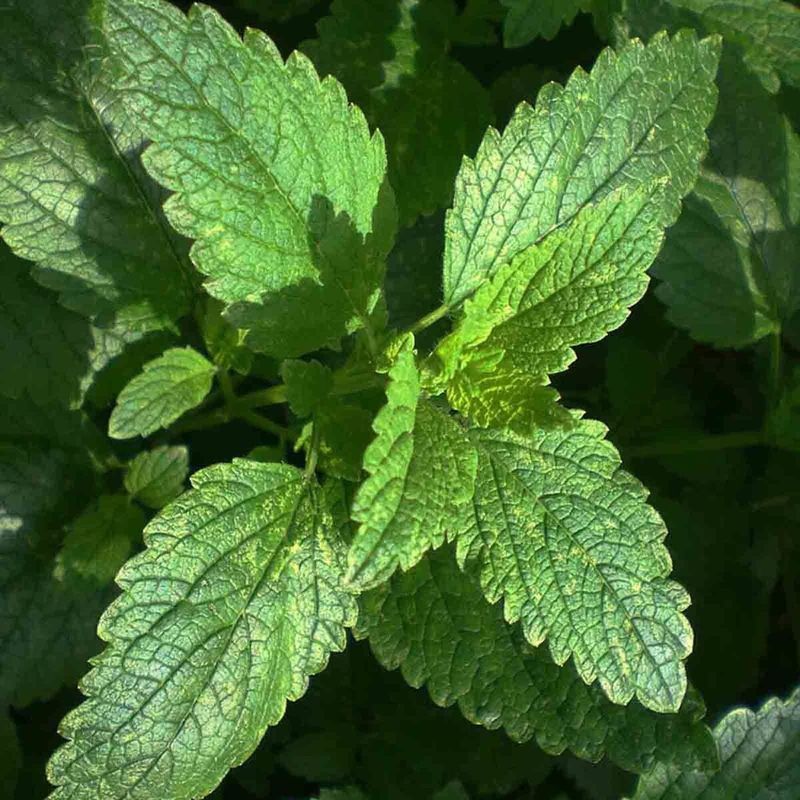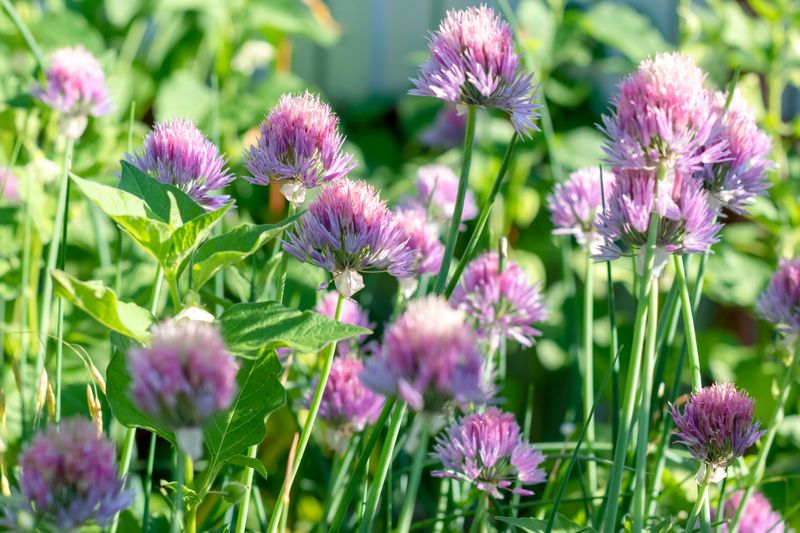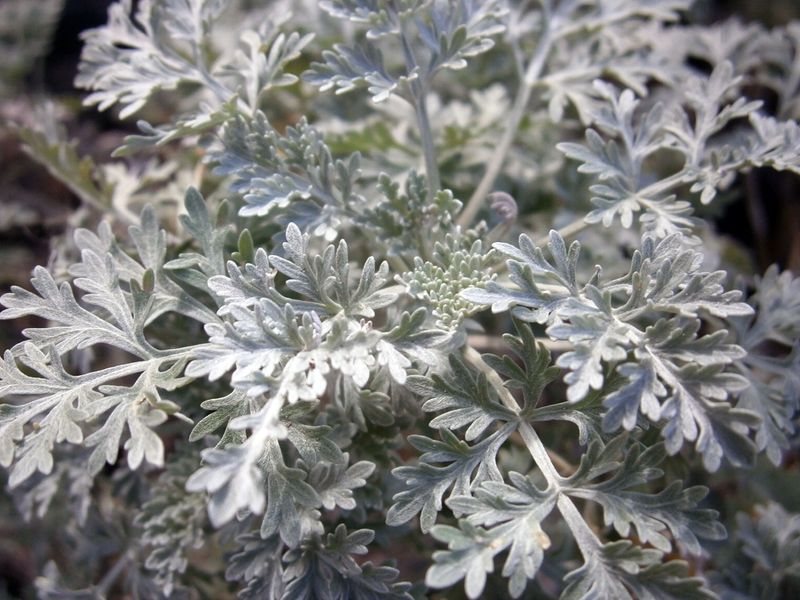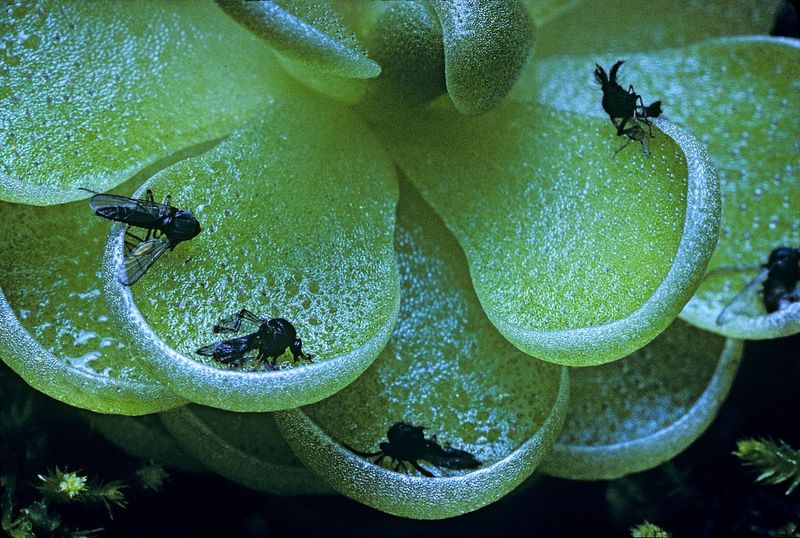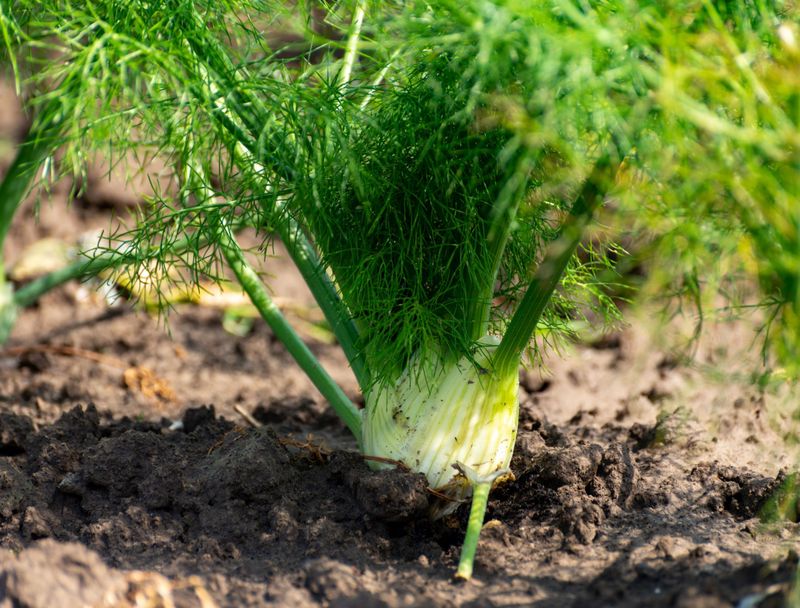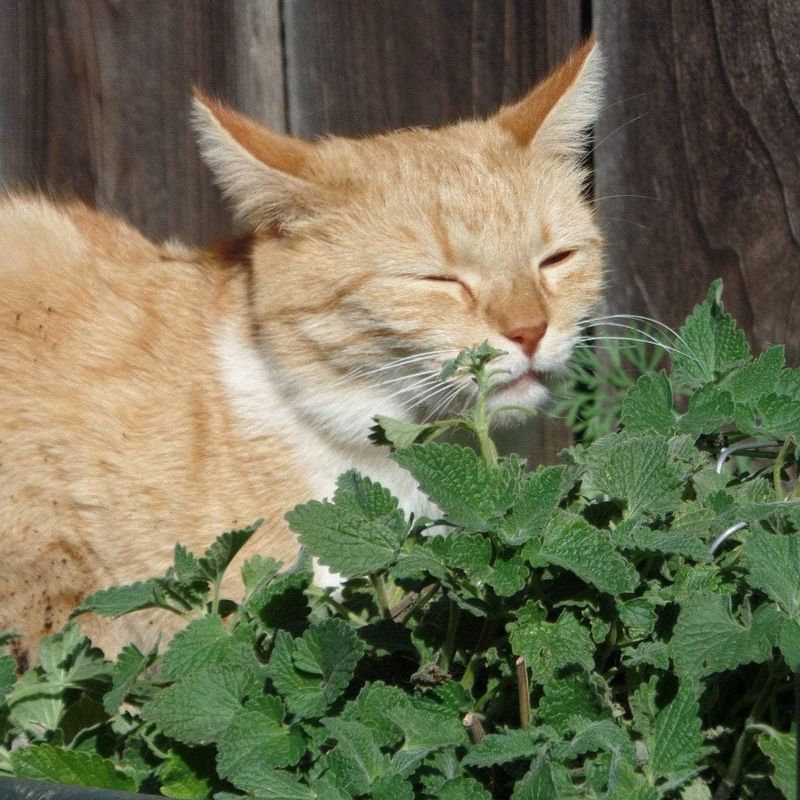Flies can be a pesky problem, buzzing around and invading our spaces. However, nature provides us with some fascinating allies in the form of plants that either repel or consume these annoying insects.
In this blog post, we will explore 25 such plants that serve as natural fly deterrents or even fly traps. From common herbs to exotic carnivorous varieties, these plants offer an eco-friendly solution to keeping flies at bay.
Let’s delve into the world of botanical fly management and discover which plants can help you maintain a fly-free environment.
1. Venus Flytrap
The Venus Flytrap, native to subtropical wetlands, is a carnivorous plant famous for its jaw-like leaves. When a fly touches its sensitive hairs, the trap snaps shut, ensnaring the insect. This unique plant uses enzymes to break down its prey, absorbing nutrients in the process.
Growing Venus Flytraps can be an engaging hobby. They thrive in humid conditions and require distilled water. While these intriguing plants are effective fly catchers, they are also a conversation starter due to their unusual feeding mechanism.
Watching a Venus Flytrap in action is both exciting and educational.
2. Citronella
Citronella is widely celebrated for its mosquito-repelling abilities, but it’s also effective against flies. The plant’s oil, extracted from its leaves and stems, is often used in candles and sprays.
Incorporating citronella into your garden not only adds greenery but also provides a natural barrier against flying pests. This plant is easy to grow in well-drained soil and enjoys plenty of sunlight.
Citronella’s fresh, lemony scent is pleasant to humans while deterring unwanted insects, making it a popular choice for patios and outdoor spaces.
3. Lavender
Lavender is cherished for its calming aroma and beautiful purple flowers, making it a garden favorite. However, its fragrant oils are also known to repel flies and other insects.
This hardy plant thrives in sunny, well-drained areas. Besides warding off pests, lavender can be harvested and used in sachets or essential oils.
Adding lavender to your garden not only enhances its beauty but also helps maintain a fly-free zone, allowing you to enjoy outdoor relaxation without pesky interruptions.
4. Basil
Basil, a staple in culinary dishes, doubles as an effective fly repellent. Its aromatic leaves release oils that deter flies, making it a practical addition to window sills or gardens.
Growing basil is simple and rewarding, requiring sunlight and regular watering. This herb is not only a pest deterrent but also enhances your cooking with fresh flavors.
By planting basil, you can enjoy a dual benefit: a natural fly barrier and a fresh ingredient for your favorite recipes, all from the convenience of your home.
5. Marigold
Marigolds are vibrant flowers known for their pest-repelling properties, including the ability to deter flies. Their pungent scent is unpleasant to many insects, making them a natural choice for protection.
These hardy plants are easy to grow, thriving in sunny locations with well-drained soil. Marigolds not only add a splash of color to your garden but also serve as an effective barrier against unwanted pests.
By incorporating marigolds, gardeners benefit from their beauty and natural pest control, creating a more enjoyable outdoor environment.
6. Mint
Mint is a versatile herb, celebrated for its refreshing scent and culinary uses. However, it’s also a powerful fly repellent. The strong aroma of mint leaves is off-putting to flies and other insects.
This hardy plant grows well in pots, making it ideal for both indoor and outdoor spaces. Regular pruning encourages bushy growth and increased fragrance.
By planting mint, you can enjoy a natural insect barrier and have a handy supply for teas or garnishes, all while enhancing your living space with its fresh aroma.
7. Bay Laurel
Bay Laurel, known for its flavorful leaves used in cooking, also serves as a natural fly repellent. The aromatic oils in its leaves deter flies and other insects.
This evergreen shrub thrives in sunny conditions and can be grown in pots, making it a versatile addition to patios or kitchens. Besides its pest-repelling properties, bay laurel offers culinary uses that enhance your cooking.
Adding bay laurel to your home or garden provides a dual benefit: a natural fly deterrent and a flavorful herb for your kitchen creations.
8. Pitcher Plant
Pitcher plants are fascinating carnivorous plants with tubular leaves that trap and digest insects, including flies. Their colorful and nectar-laden rims lure in unsuspecting prey.
These unique plants are usually found in nutrient-poor environments, relying on captured insects for nourishment. They require specific care, including high humidity and distilled water.
Growing pitcher plants can be a captivating hobby. Their ability to consume flies offers a natural pest control method, while their striking appearance adds an exotic touch to your plant collection.
9. Rosemary
Rosemary, a beloved herb in culinary arts, is known for its aromatic foliage that deters flies. Its natural oils create a barrier against pests, making it a practical addition to gardens and patios.
This hardy plant thrives in well-drained soil and sunny spots. Besides repelling insects, rosemary can be used in cooking and homemade remedies.
By cultivating rosemary, you not only enhance your garden’s aesthetic but also gain a natural fly deterrent and a versatile ingredient for your culinary endeavors.
10. Sundew
Sundews are captivating carnivorous plants that use sticky tentacles to trap flies and other insects. The glistening droplets on their leaves resemble dew, attracting unsuspecting prey.
These plants are found in nutrient-poor environments, relying on insects for sustenance. They require specific care, including high humidity and acidic soil.
Growing sundews can be a rewarding experience. Their unique feeding mechanism provides natural pest control, while their delicate appearance adds intrigue to any plant collection.
11. Tansy
Tansy, with its bright yellow flowers, has been used historically to repel flies and other insects. Its aromatic leaves contain oils that deter pests, making it a practical choice for gardens.
This hardy plant thrives in various conditions but prefers sunny locations. Besides its pest-repelling abilities, tansy adds a touch of rustic charm to your outdoor spaces.
Incorporating tansy into your garden provides a natural fly deterrent, while its vibrant blooms enhance the overall landscape, offering both beauty and functionality.
12. Lemongrass
Lemongrass is renowned for its citrusy aroma, which is unpleasant to flies and other insects. This tall grass is often used in cooking, adding flavor and aroma to dishes.
It thrives in warm climates and well-drained soil, making it a popular choice for tropical gardens. Besides its insect-repelling properties, lemongrass can be harvested for culinary uses.
Planting lemongrass in your garden offers dual benefits: a natural deterrent for flies and a flavorful herb for your kitchen, enhancing both your outdoor and indoor spaces.
13. Eucalyptus
Eucalyptus trees are known for their strong, medicinal scent that deters flies and other pests. Their essential oils are often used in aromatherapy and natural insect repellents.
These trees can grow quite large, making them suitable for spacious gardens. They thrive in well-drained soil and sunny locations.
Incorporating eucalyptus into your landscape not only helps keep flies away but also provides a fresh, invigorating aroma. Their towering presence adds a majestic touch to any outdoor setting.
14. Mexican Sunflower
The Mexican Sunflower (Tithonia diversifolia) is a striking plant known for its vibrant orange flowers. Beyond its visual appeal, it acts as a natural fly repellent due to its strong fragrance.
The scent deters flies, making it an excellent addition to gardens seeking both beauty and pest control. Plant it in well-drained soil and enjoy a garden that’s both colorful and functional.
For those living in warmer climates, this plant also attracts beneficial insects, making it a valuable garden companion.
15. Pennyroyal
Pennyroyal, a member of the mint family, is known for its strong aroma that repels flies and other insects. This plant has been used historically as a natural insect deterrent.
It thrives in sunny, well-drained areas and can be grown in gardens or pots. Besides its pest-repelling properties, pennyroyal adds a touch of green beauty to your space.
Incorporating pennyroyal into your garden provides a natural fly barrier, while its aromatic leaves enhance the sensory experience of your outdoor environment.
16. Dill
Dill is a herbaceous plant known for its feathery leaves and aromatic seeds, which repel flies and other pests. It’s often grown in vegetable gardens for its culinary uses.
This annual plant thrives in sunny locations and well-drained soil. Besides its pest-repelling abilities, dill can be used to flavor dishes and pickles.
By planting dill, you gain a natural fly deterrent and a flavorful herb for your kitchen. Its delicate foliage also adds visual interest to your garden.
17. Sage
Sage is an aromatic herb with soft, fuzzy leaves that deter flies and other insects. Its strong scent makes it an effective natural repellent.
This hardy perennial thrives in sunny, well-drained areas and can be grown in pots or gardens. Besides its pest-repelling properties, sage is often used in cooking and traditional remedies.
Incorporating sage into your garden provides a natural means of fly control, while also offering culinary benefits and enhancing the overall aesthetic of your outdoor space.
18. Wormwood
Wormwood is known for its bitter taste and aromatic leaves that repel flies and other insects. Historically, it has been used as a natural pest deterrent.
This hardy plant thrives in sunny locations and well-drained soil. Besides its pest-repelling abilities, wormwood adds a unique texture to your garden with its silver-gray foliage.
Adding wormwood to your landscape offers a natural fly deterrent, while its distinctive appearance enhances the visual appeal of your outdoor environment.
19. Thyme
Thyme is a fragrant herb with tiny leaves and flowers that repel flies and other pests. Its aromatic essential oils are unpleasant to insects, making it a practical garden addition.
This hardy perennial thrives in well-drained soil and sunny spots. Besides its pest-repelling properties, thyme is widely used in culinary dishes.
By cultivating thyme, you gain a natural fly deterrent and a versatile herb for your kitchen. Its presence adds both functional and aesthetic value to your garden.
20. Lemon Balm
Lemon Balm, part of the mint family, is known for its lemony aroma that repels flies and other pests. This plant is often used in teas and herbal remedies for its calming effects.
It thrives in sunny or partially shaded areas and can be grown in gardens or pots. Besides its pest-repelling abilities, lemon balm adds a refreshing scent to your space.
Incorporating lemon balm into your home or garden provides a natural fly barrier, while its aromatic leaves enhance your environment with a pleasant fragrance.
21. Chives
Chives are a member of the onion family, known for their grass-like leaves and purple flowers. Their strong scent deters flies and other pests, making them a useful garden ally.
This hardy perennial thrives in sunny locations and well-drained soil. Besides its pest-repelling properties, chives are a popular culinary herb used to flavor dishes.
By planting chives, you gain a natural fly deterrent and a flavorful addition to your kitchen. Their vibrant flowers also add a splash of color to your garden.
22. Artemisia
Artemisia, with its silvery leaves, is known for its aromatic properties that repel flies and other pests. This perennial plant has been used historically for its medicinal and insect-repelling qualities.
It thrives in sunny, well-drained areas and can be incorporated into gardens or borders. Besides its pest-repelling abilities, artemisia adds a touch of elegance with its silvery foliage.
Adding artemisia to your garden provides a natural fly deterrent, while its distinctive appearance enhances the overall aesthetic of your outdoor space.
23. Carnivorous Butterwort
Butterworts are captivating carnivorous plants with sticky leaves that trap flies and other insects. Their bright green foliage secretes a sticky substance that ensnares prey.
These plants are usually found in nutrient-poor environments, relying on captured insects for nourishment. They require specific care, such as high humidity and indirect sunlight.
Growing butterworts can be a rewarding hobby. Their ability to consume flies offers natural pest control, while their unique appearance adds intrigue to any plant collection.
24. Fennel
Fennel is a tall herb with feathery leaves and a licorice-flavored bulb. Its aromatic foliage repels flies and other pests, making it a valuable addition to gardens.
This plant thrives in sunny locations and well-drained soil. Besides its pest-repelling properties, fennel is used in a variety of culinary dishes for its distinct flavor.
By planting fennel, you gain a natural fly deterrent and a flavorful herb for your kitchen. Its towering presence also adds vertical interest to your garden.
25. Catnip
Catnip, famous for its effect on cats, also repels flies and other insects. Its aromatic oils are unpleasant to pests, making it a practical garden choice.
This hardy perennial thrives in sunny locations and well-drained soil. Besides its pest-repelling abilities, catnip can be used to make herbal teas.
Incorporating catnip into your garden provides a natural fly deterrent, while its aromatic leaves add a touch of green beauty to your outdoor spaces.
